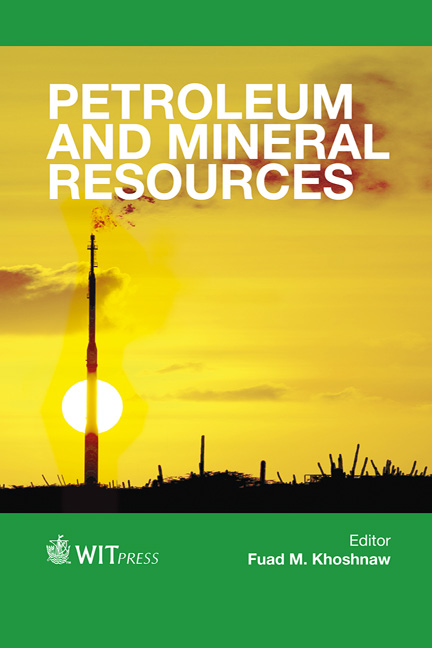Challenges Of Cuttings Transport In Micro Borehole Coiled - Tubing Drilling For Mineral Exploration
Price
Free (open access)
Transaction
Volume
81
Pages
12
Page Range
109 - 120
Published
2012
Size
653 kb
Paper DOI
10.2495/PMR120101
Copyright
WIT Press
Author(s)
M. Kamyab, V. Rasouli, G. Cavanough & S. Mandal
Abstract
Coil tubing (CT) technology has been in use in the oil and gas industry since the 1990s. Since then, the applications of CT have expanded rapidly. Coiled tube drilling can offer more efficient and faster drilling operations resulting in lower operational costs. Micro-borehole CT drilling (CTD) has been used in oil and gas applications and is very attractive as a method for minerals exploration drilling due to the faster drilling i.e. high rate of penetration (ROP) that can be achieved resulting in reduced drilling costs. Due to the narrow annulus space there is a certain degree of uncertainty with regards to cuttings transport. In this paper we review the fluid flow and cutting transport models available for conventional drilling. Different aspects of fluid flow in micro-borehole CT will be addressed and discussed. The discussion illustrates the important parameters, including fluid properties, cuttings properties, fluid hydraulics and annular geometry affecting cutting transports in micro-borehole CT drilling in oil and gas as well as mineral exploration. Keywords: fluid flow, cutting transport, annulus, coiled tubing drilling, microborehole, mineral exploration drilling, slurry loop.
Keywords
fluid flow, cutting transport, annulus, coiled tubing drilling, microborehole, mineral exploration drilling, slurry loop.





